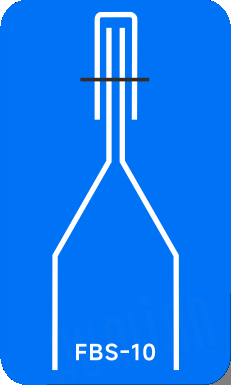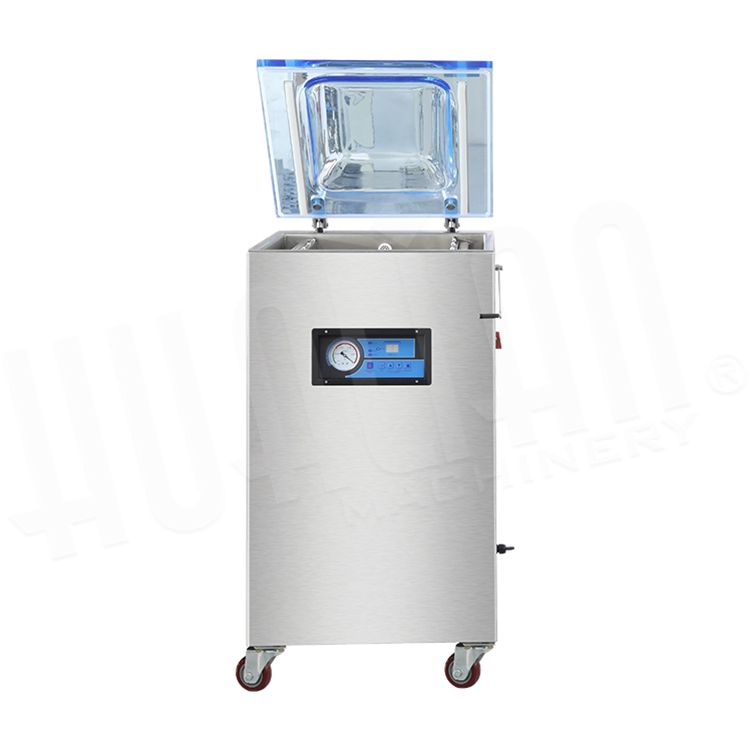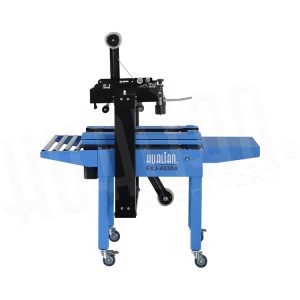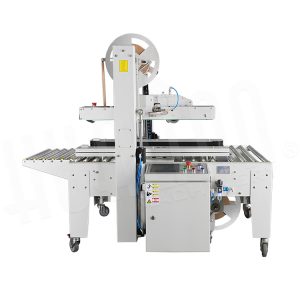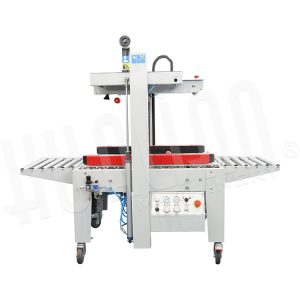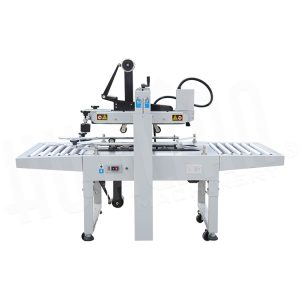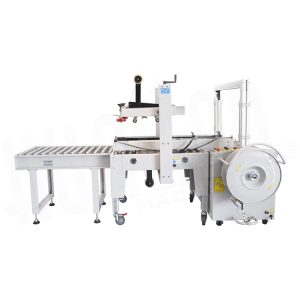If you’re in the seafood industry, you know that the journey from the catch to the consumer’s plate is complex. Seafood Packaging is the critical element ensuring freshness, safety, and quality. This guide will walk you through the essential packaging methods, materials, and machinery, helping you make informed decisions for your business.
Table of Contents
ToggleWhy Seafood Packaging Matters in the Modern Supply Chain
In today’s global market, robust and reliable packaging is non-negotiable. It’s the primary barrier against spoilage, contamination, and physical damage. High-quality packaging is essential for extending shelf life, maintaining the cold chain integrity, and preserving the sensory attributes (taste, texture, and appearance) that consumers demand.

Unique Challenges Posed by Seafood
Seafood presents unique challenges: it’s highly perishable, often has irregular shapes, and can release liquids and odors. Effective packaging must mitigate bacterial growth, control moisture, and prevent oxidation, making the choice of both method and Seafood Packaging Materials crucial.
The Core Types of Seafood Packaging
The right machine and method are vital for optimizing your operation and product quality. Here are the core types:
Vacuum Packaging
Vacuum Packaging Machines remove nearly all the air from the package before sealing. This dramatic reduction in oxygen inhibits the growth of aerobic bacteria, significantly extending the shelf life of fresh and Frozen Seafood Packaging. It’s an efficient, cost-effective method commonly achieved with an Automatic Vacuum Packaging Machine.
Modified Atmosphere Packaging (MAP)
MAP Packaging involves flushing the package with a specific mixture of gases (usually CO2, N2, and O2) after air removal. The CO2 acts as a bacteriostat, and the gas balance slows spoilage without crushing delicate products. A specialized Modified Atmosphere Packaging Machine is used for this process, often applied with Tray Packaging via an Automatic Tray Sealer or map tray sealing machine.
Vacuum Skin Packaging (VSP)
VSP utilizes a highly pliable film—Vacuum Skin Packaging (VSP) Films—that adheres tightly to the entire product and tray, like a second skin. This provides a clear, attractive 3D presentation, eliminates liquid movement, and offers excellent barrier protection. A Skin Packaging Machine for Seafood is required for this premium, leak-proof finish.

Discover Hualian Seafood Packaging Machine Now!
Thermoforming Packaging
Thermoforming Packaging Machines create the container (the tray or pocket) and then seal the product within it, all in one integrated, continuous process. This versatile method is perfect for large-scale production, creating customizable, high-integrity packages, often incorporating both vacuum and MAP options on an Industrial Seafood Packaging Line.
Tray Sealing Packaging
This method involves sealing a lidding film onto pre-formed rigid or semi-rigid trays. The Food Tray Sealer Machine is highly versatile and essential for Ready-to-Eat Seafood Meals Packaging and MAP applications, as the rigid tray structure is ideal for gas mixtures and stacking.
Shrink Wrapping Packaging
A Shrink Wrapping Machine uses heat to tightly conform a polymer film around the product. While not offering the high barrier protection of vacuum or MAP, it provides excellent physical protection, a secure seal, and an appealing, wrinkle-free finish, often used for secondary packaging or whole fish.
Flow Wrapping Packaging
A Flow Wrapping Machine for Seafood creates a flexible, three-sided seal pouch around the product, suitable for single portions or smaller, non-liquid items. It is a high-speed, cost-effective method suitable for integration into an Automatic Packaging Line.
| Packaging Type | Principle & Method | Key Benefits for Seafood | Best Suited For | Key Machinery |
| Vacuum Packaging | Removes nearly all air and oxygen before sealing, inhibiting aerobic bacterial growth. | Significant extension of shelf life for fresh and Frozen Seafood Packaging. Cost-effective and efficient. | Fish fillets, smoked fish, portions, and items requiring long shelf life. | Vacuum Packaging Machine, Automatic Vacuum Packaging Machine |
| Modified Atmosphere Packaging (MAP) | Replaces air with a specific gas mixture ( | Maximizes shelf life while preserving product appearance and texture without crushing. Ideal for Tray Packaging. | Fresh fish, shellfish, delicate cuts, and Ready-to-Eat Seafood Meals Packaging. | Modified Atmosphere Packaging Machine, map tray sealing machine, Automatic Tray Sealer |
| Vacuum Skin Packaging (VSP) | Uses heat and specialized Vacuum Skin Packaging (VSP) Films to tightly seal film around the product and tray, like a second skin. | Premium 3D presentation, absolutely leak-proof, prevents “purge” (liquid release), and provides excellent barrier protection. | High-value cuts, whole fillets, ready-to-cook meals, and irregular-shaped products. | Skin Packaging Machine for Seafood |
| Thermoforming Packaging | A continuous process where the machine forms the container (tray/pocket) from a roll of film, fills it, and seals it. | Highly versatile, ideal for large-scale production, can incorporate both vacuum and MAP processes. Customizable package size/shape. | High-volume production lines for various seafood products, requiring high-integrity seals. | Thermoforming Packaging Machine, Industrial Seafood Packaging Line |
| Tray Sealing Packaging | Seals a lidding film onto pre-formed rigid or semi-rigid trays, often involving MAP. | Excellent structural integrity for stacking and distribution. Ideal for controlled gas environments and convenience meals. | Ready-to-Eat Seafood Meals Packaging, portions, or items requiring a rigid structure for display. | Food Tray Sealer Machine, Automatic Tray Sealer |
| Shrink Wrapping Packaging | Uses heat to tightly conform a polymer film around the product, securing it with a strong seal. | Provides robust physical protection and a visually appealing, tightly secured finish. | Whole fish, secondary packaging, or products requiring protective wrapping without high-barrier needs. | Shrink Wrapping Machine |
| Flow Wrapping Packaging | Creates a flexible, three-sided sealed pouch around the product using a continuous process. | High-speed, cost-effective for single portions and quick packaging. Suitable for an Automatic Packaging Line. | Individual portions, smaller processed seafood items, or non-liquid frozen products. | Flow Wrapping Machine for Seafood |
Essential Seafood Packaging Materials
The packaging material is just as important as the method itself.

High Barrier Films
To maximize shelf life and prevent oxygen/moisture ingress, you need High Barrier Films for Seafood. These multi-layered films (often EVOH or PVDC) are crucial for successful vacuum and MAP applications.
Food-Grade Packaging Films
All materials must be Food-Grade Packaging Films, certified as safe for direct food contact. These films ensure no harmful substances migrate into the seafood, preserving its purity.
Vacuum Skin Packaging Films
These specialized films have high oxygen barriers and excellent elasticity, crucial for the VSP process to achieve a tight, conforming seal around irregular-shaped seafood.
Eco-Friendly & Sustainable Materials
Growing consumer demand and regulation drive the need for Eco-Friendly & Sustainable Packaging solutions, including monomaterial films for easier recycling and bio-based alternatives.
Cold Chain Compatibility
All materials must perform flawlessly under refrigerated and freezing temperatures (for Frozen Seafood Packaging) without becoming brittle or compromising the seal integrity.
Specialized Applications in Seafood Packaging
Frozen Seafood Packaging
Requires materials and seals that withstand extremely low temperatures without cracking or failing. Vacuum and sturdy thermoformed packages are standard to prevent freezer burn.
Fresh Seafood Packaging
This segment relies heavily on Modified Atmosphere Packaging and high-grade VSP to slow spoilage and maintain the appealing visual quality of the product, especially for premium cuts.
Shellfish Packaging
Shellfish Packaging, such as for live oysters or mussels, requires packaging that allows for respiration (often a controlled perforation or net bags), whereas pre-shucked shellfish requires high-barrier MAP or vacuum packaging.
Ready-to-Eat Seafood Meals Packaging
This requires robust Tray Packaging with easy-peel seals, often using MAP technology, to ensure safety and convenience for microwave or oven heating.
Sustainability in Seafood Packaging
Embracing Recyclable Packaging for Seafood is no longer optional. This involves switching to mono-PET or mono-PP trays and films, reducing material usage, and optimizing packaging to minimize food waste—the largest sustainability win.
Selecting the Best Seafood Packaging Solution for Your Business
Matching Seafood Type with Packaging Method
Oily fish benefit most from MAP to prevent oxidation; lean fish and crustaceans benefit from vacuum packaging for shelf life extension; and delicate cuts are best suited for VSP.
Small vs Large Scale Operations
Smaller businesses may start with a compact Automatic Vacuum Packaging Machine or tray sealer. Large processors require an Automatic Seafood Packaging Machine or a fully automated Food Packaging Line with high throughput.
Shelf-Life & Distribution Needs
Longer distribution chains necessitate a higher barrier method like MAP or VSP. Local distribution can sometimes utilize simpler methods.
Branding & Market Positioning
Premium products often use VSP for its aesthetic appeal, while bulk products may use cost-effective vacuum bags.
Investment Considerations
The initial investment for a modified atmosphere packaging machine or a complex thermoformer is higher than for a simple shrink wrapper, but the operational savings and extended shelf life often justify the cost.
Why Choose Hualian Packaging Machine for Seafood Packaging
When you look for reliable, high-performance packaging equipment, trust Hualian. We offer a comprehensive range of solutions, from the versatile map tray sealing machine and precision Skin Packaging Machine for Seafood to fully automated Industrial Seafood Packaging Lines. Our expertise in VSP, MAP, and vacuum technology ensures your seafood maintains its peak quality and freshness from our factory to your facility.

Upgrade Your Seafood Packaging with Hualian Machines!
FAQs
What is the best packaging for seafood?
MAP and VSP are generally considered best for maximizing shelf life and preserving product quality, especially for fresh seafood.
What materials are used in seafood packaging?
Common materials include PET, PP, PE, and multi-layer High Barrier Films like EVOH or PVDC.
What is the eco friendly seafood packaging?
Monomaterial films and trays (like all-PE) that are easier to recycle, as well as reduced-plastic VSP solutions, are leading the way.
How long can seafood last in vacuum or MAP packaging?
Depending on the species and strict temperature control, vacuum-packed seafood can last 4-6 days, and MAP can extend this to 8-15 days.
Which machine is best for small seafood businesses?
A semi-automatic Automatic Tray Sealer or a chamber-style Automatic Vacuum Packaging Machine offers the best balance of investment and performance.
How to choose between vacuum, MAP, and skin packaging?
Choose VSP for premium presentation and leak-proofing, MAP for maximum shelf life extension, and standard vacuum for cost-effective, high-volume preservation.
Conclusion
Mastering seafood packaging is a direct path to reducing waste, ensuring food safety, and enhancing your brand’s market value. By selecting the right combination of machinery, like our advanced Modified Atmosphere Packaging Machine options, and high-quality materials, you can confidently meet the stringent demands of the modern supply chain. We encourage you to partner with Hualian to optimize your Food Packaging Line and elevate your product quality.


